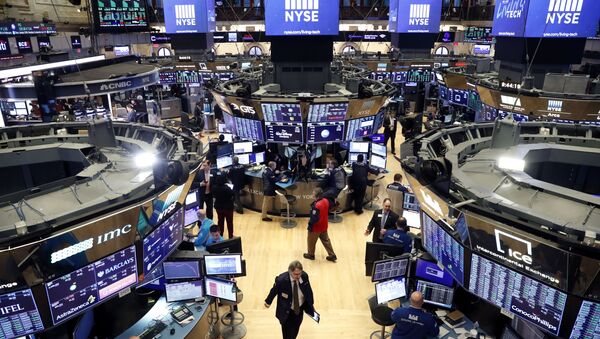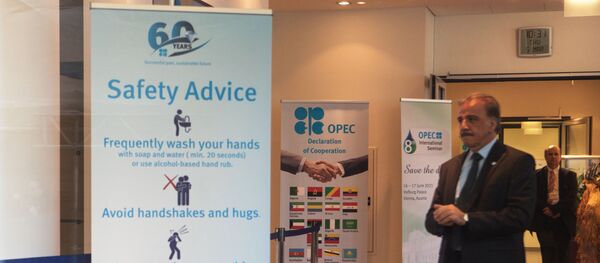The Dow Jones Industrial Average, the largest equities gauge on the New York Stock Exchange has jumped 1,200 points upon opening, a day after the market's worst performance since the 1987 Black Monday crash, according to trading data.
The Dow was up 4.9 percent to 22,247.57, after the beginning of trading, reacting to Washington's reported progress on a stimulus to address to economic hit from the coronavirus. The broad-based S&P 500 rose 5.4 percent to 2,613.59, while the Nasdaq Composite Index climbed 5.4 percent to 7,591.96.
The sharp decline on the three main indexes followed Trump's ban on travellers from 26 European countries entering the United States for a month, imposed in an attempt to contain the spread of the coronavirus (COVID-19). The Dow experienced its worst session since 1987 and the longest bull market ever ended as the S&P 500 officially went into a "bear market", after dropping 20 percent from its peak level.
Oil Futures Recover by 2-3%
Global oil prices have recovered by 2 to 3 percent, but are still set to end the week down over 20 percent from last Friday's close due to concerns over market balance after the failed OPEC+ deal last week.
As of 13:40 GMT, Brent futures for delivery in May were up 1.96 percent to $33.87 per barrel, while April futures for WTI crude surged by 3.02 percent to $32.45 per barrel.
Oil prices collapsed after Russia and the Saudi-led OPEC failed to agree on deeper production cuts to mitigate demand lost to the coronavirus crisis. As a result, restrictions on oil production in the OPEC+ alliance will be lifted beginning 1 April. The Abu Dhabi National Oil Company and Saudi Aramco have already announced plans to increase oil deliveries.



